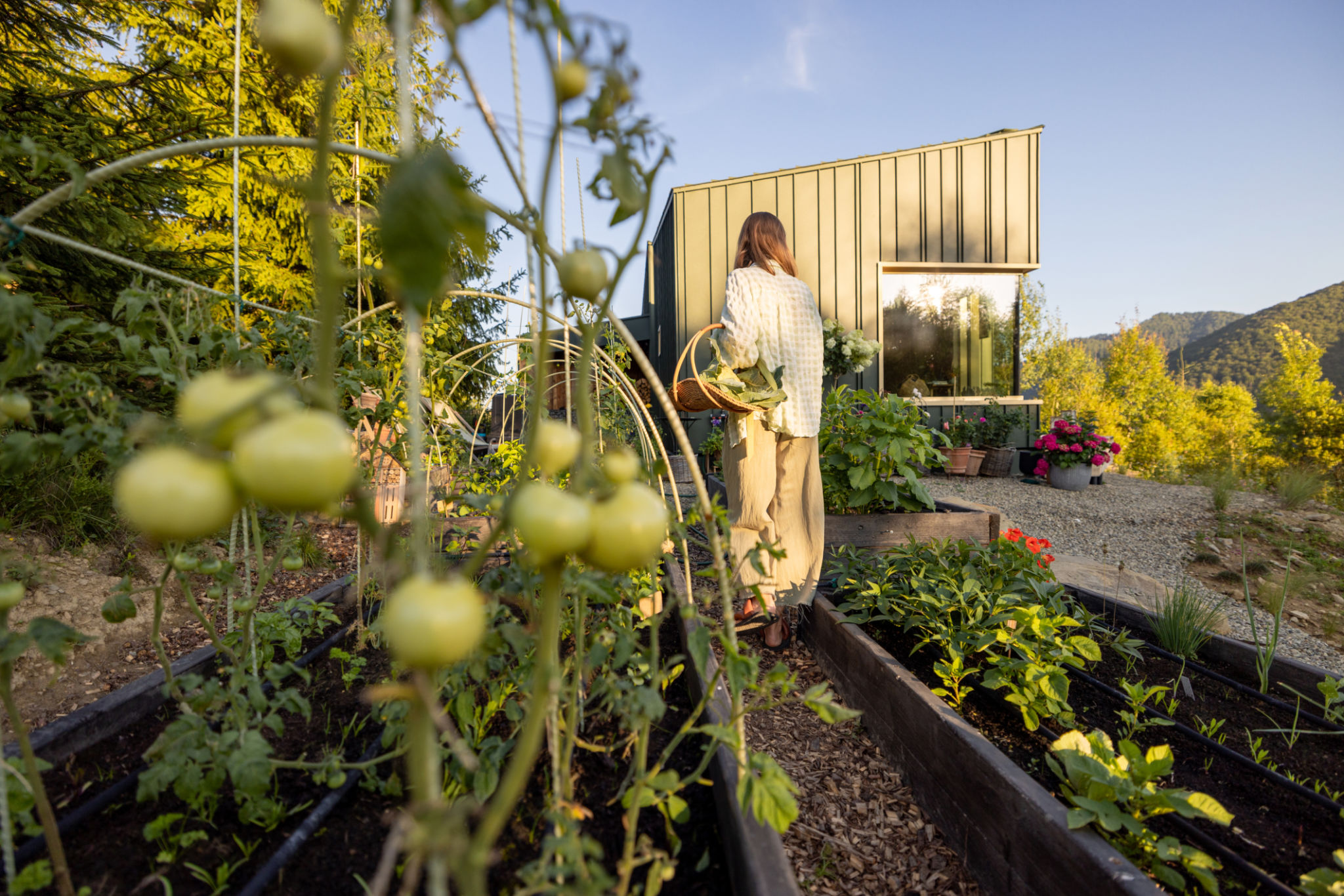Success Stories: How Edible Gardens Transformed Local Homes
From Lawn to Lush: The Rise of Edible Gardens
The movement towards sustainable living has inspired many homeowners to rethink their outdoor spaces. One trend gaining popularity is the transformation of traditional lawns into vibrant, edible gardens. This shift is not just about aesthetics; it’s a step towards healthier living and environmental responsibility.
Edible gardens offer a unique blend of beauty and utility. Homeowners are discovering the joy of harvesting fresh produce right from their backyards. These gardens are becoming a symbol of self-sufficiency and creativity.

The Benefits of Edible Gardens
Edible gardens provide numerous benefits beyond a bountiful harvest. First and foremost, they offer a significant reduction in grocery bills. With fruits, vegetables, and herbs growing at home, trips to the supermarket become less frequent.
Moreover, these gardens contribute positively to the environment. They reduce carbon footprints by minimizing the need for packaged produce that often travels long distances. Additionally, they promote biodiversity and create habitats for pollinators and beneficial insects.

Success Stories: Transforming Local Homes
Across the country, homeowners are sharing their success stories. Take, for example, the Johnson family, who converted their suburban lawn into a thriving vegetable garden. In just one season, they reported a 40% reduction in their grocery expenses.
Another inspiring story is that of Maria Lopez, who transformed her urban balcony into a vertical herb and vegetable garden. Her innovative use of space has not only provided fresh ingredients for her kitchen but also inspired her neighbors to start their own gardening projects.

Getting Started: Tips for Your Edible Garden
Starting an edible garden may seem daunting, but with a few key steps, anyone can succeed. Here are some tips to get started:
- Plan Your Space: Assess the available space and sunlight. Choose areas that receive at least 6-8 hours of sunlight daily.
- Choose the Right Plants: Opt for fruits and vegetables that thrive in your climate. Consider starting with easy-to-grow options like tomatoes, lettuce, and herbs.
- Soil and Water: Invest in quality soil and ensure consistent watering, especially during dry spells.
The Community Impact
Edible gardens are not just transforming individual homes; they are fostering community spirit. Neighborhoods are coming together to share resources, knowledge, and even surplus produce. Community gardens are sprouting in urban areas, offering a communal space for people to connect and cultivate together.
This movement is also influencing local policies. Many municipalities are now encouraging residents to create edible landscapes by offering incentives and resources. This shift reflects a growing recognition of the many benefits these gardens bring to communities.

Looking to the Future
The future of edible gardens looks promising. As more people become aware of their benefits, the movement is likely to grow. Innovations in gardening techniques and technologies will make it easier for anyone to start and maintain their own edible garden.
Ultimately, edible gardens represent a return to our roots. They remind us of the joy and satisfaction that comes from growing our own food. By transforming our homes, we are also transforming our lifestyles, making strides towards a more sustainable and fulfilling future.